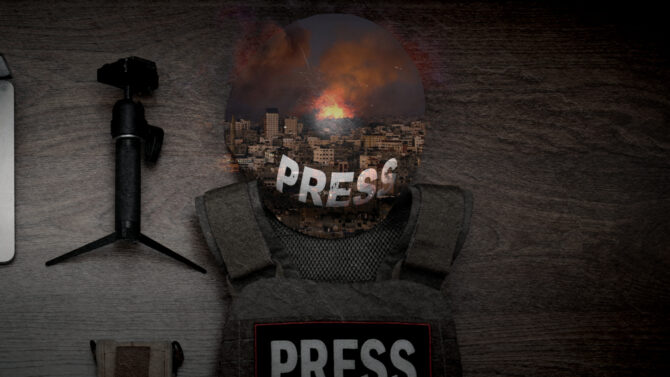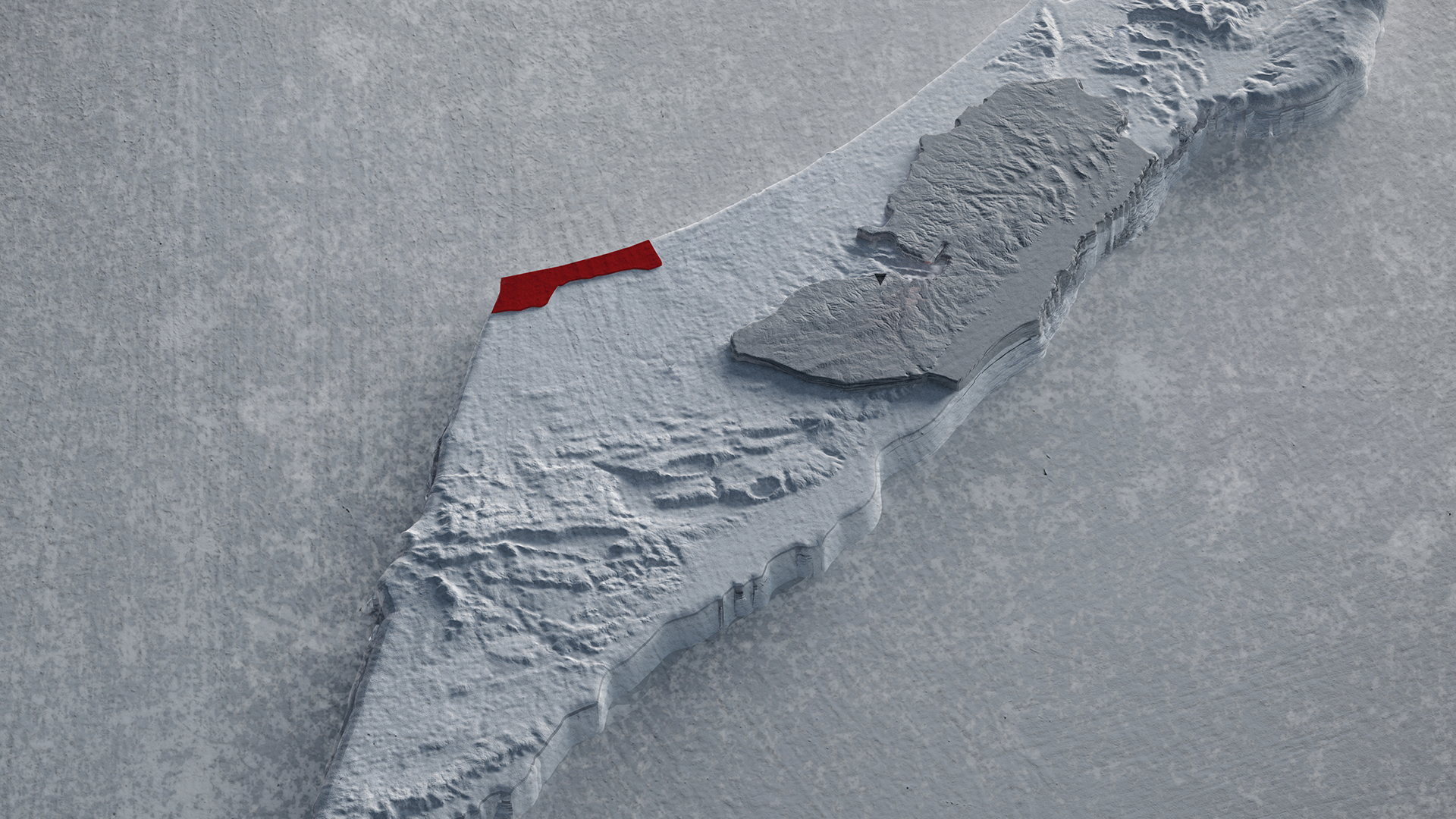The trauma of covering the front line

The mental toll on journalists covering the war in Gaza.
Committee to Protect Journalists (CPJ)
The Committee to Protect Journalists (CPJ) is an independent non-governmental organisation that defends press freedom worldwide. Its focus is on defending the right of journalists to report the news safely and without fear of reprisal.
The Committee is composed of 40 experts from around the world and is based in New York. When violations of press freedom are reported, the Committee mobilises a network of partners to take concrete actions in defence of journalists and to publish reports.
The three months of Israel’s war in Gaza, following the Hamas attack on October 7, have been the deadliest period for journalists since 1992 when the Committee to Protect Journalists (CPJ) began collecting data on journalists’ deaths. As of the beginning of 2024, 82 deaths have been recorded inside and outside the Gaza Strip’s borders. As CPJ President Jodie Ginsberg notes, the rate at which journalists are being killed is unprecedented.
Moreover, this is one of the bloodiest wars in history as, according to OCHA figures, more than 21,110 people in Gaza have lost their lives, including 9,000 children.
Interactive map of journalists and media workers killed in the Gaza war
The map above, created by iMEdD, lists confirmed deaths of journalists and media workers, according to CPJ data.
CPJ documents, to the extent possible given the difficult circumstances, the journalists who have been killed, as displayed on the interactive map. The death of a journalist shall be cross-checked by at least two sources before being recorded. The locations on the map are approximate.
How journalists and media workers are being killed in Gaza
In total, 82 journalists and media workers were killed, including 75 Palestinians, 4 Israelis and 3 Lebanese. Bombing operations, land attacks, problems in the functioning of communications, shortages of supplies and power cuts are the elements that make up the war scene and describe the conditions in which journalists are called upon to carry out their work.
Most of them died in air strikes, with the majority of the deaths occurring in the first month of the war. From 7 October 2023 to 6 November, 37 casualties were recorded, a number that in other cases was recorded on an annual basis. The CPJ president described how, for reporters, “nowhere in Gaza is safe and no personal security equipment can protect against this level of bombardment”.
An indicative example is the killing of Mohammed Abu Hatab, a journalist and correspondent for the Palestinian Authority-funded broadcaster Palestine TV, who was killed along with 11 members of his family in an Israeli airstrike on their home in Khan Younis, in the southern Gaza Strip.
Similarly, the well-known journalist Bilal Jadallah was killed by an Israeli strike that directly hit his car as he was trying to leave Gaza City through the Zeitoun neighbourhood on the morning of 19 November.
Sherif Mansour, CPJ’s Middle East and North Africa program coordinator, says the war in Gaza is “the most dangerous situation for journalists we’ve ever seen, and these figures show it clearly” and adds that “the Israeli army has killed more journalists in 10 weeks than any other army or entity in a year. And with every journalist killed, the war becomes more difficult to document and understand”.
The brutality faced by press professionals is summed up by the statement of Salman al-Bashir, a Palestinian television correspondent, in a live broadcast, that “we are victims online” and that “these protective jackets and helmets do not protect us. Nothing protects journalists”.
Below are all cases of journalists or media workers’ deaths, along with the circumstances in which they occurred.
The data is recorded by CPJ and was used by iMEdD with permission. Republishing the data requires permission from the publisher. For the methodology of data collection you can read at FAQs on CPJ data.
Last data update: 15/01/2024
